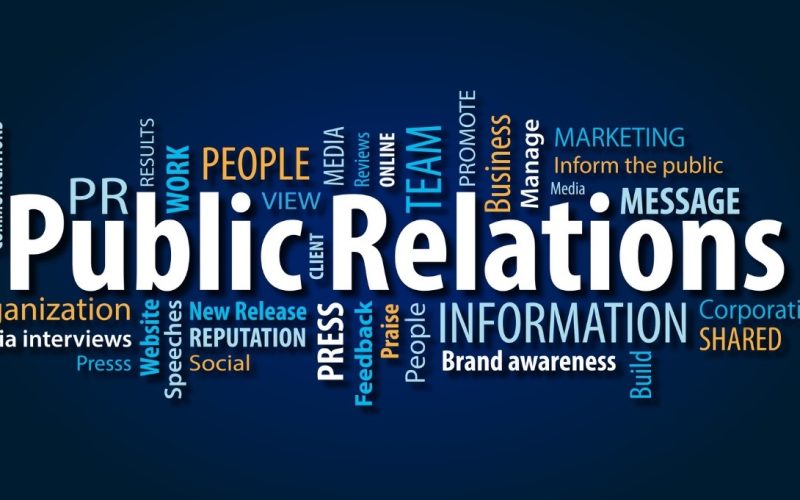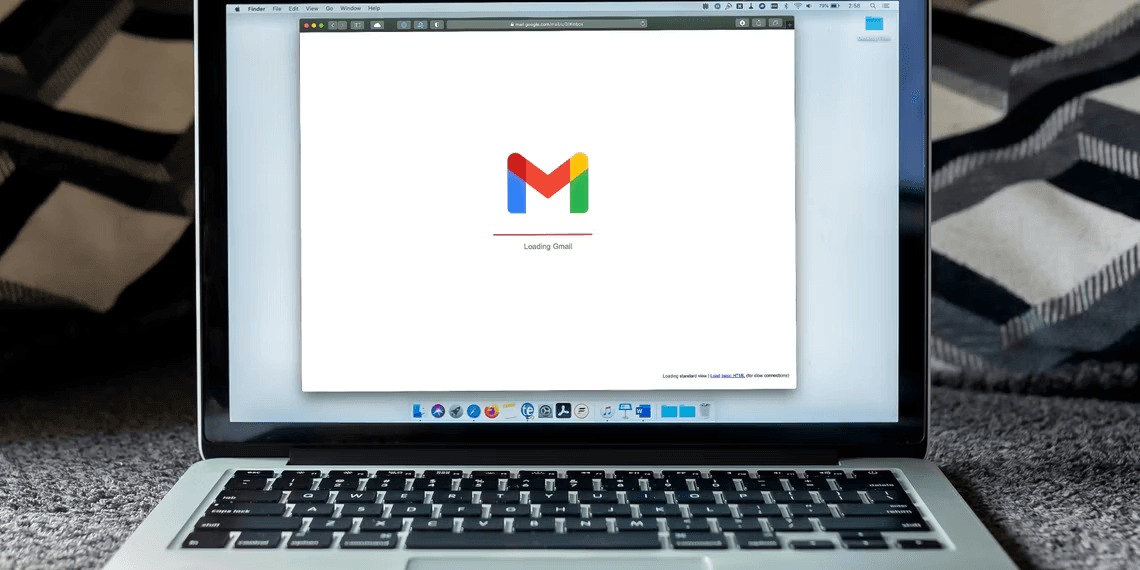How to Use Social Media for Public Relations
In the digital age, social media has emerged as a pivotal platform for public relations (PR). It offers a unique space for organizations to enhance their visibility, engage directly with their audiences, and manage their brand reputation effectively. Leveraging social media for public relations involves strategic planning and a deep understanding of both the tools and the audience. In this article, we will explore various strategies and best practices for using social media to boost your public relations efforts.
Understanding the Role of Social Media in Public Relations
Social media has transformed the landscape of communication, making it an indispensable tool for public relations professionals. The immediacy and accessibility of social media platforms allow PR campaigns to reach a broader audience more quickly and directly than traditional media channels. Additionally, social media provides a two-way communication channel where businesses can engage with their audience, receive feedback, and manage crises in real-time.

Choosing the Right Platforms
Not all social media platforms are suitable for every business. Choosing the right platform depends on where your target audience spends their time and how they prefer to consume content. For instance, LinkedIn is ideal for B2B communications, while platforms like Instagram and TikTok are better suited for B2C companies targeting younger demographics. Understanding the strengths and user demographics of each platform will help you tailor your PR strategies effectively.
Creating a Strategic Content Plan
Content is at the heart of social media PR. A strategic content plan should align with your overall PR goals and include a variety of content types, such as press releases, blog posts, videos, and infographics. It’s important to maintain a balance between promotional content and value-driven content that educates and engages your audience. Planning content around key dates, product launches, and relevant events can maximize impact and audience engagement.
Engaging with Your Audience
Engagement is a critical component of effective social media PR. This involves not only posting content but also interacting with your audience through comments, messages, and social listening. By actively engaging with your audience, you can build stronger relationships, enhance brand loyalty, and gain valuable insights into their preferences and feedback. Prompt responses to queries and active participation in conversations are essential for maintaining a positive brand image.
Monitoring and Measuring Impact
To gauge the success of your social media PR efforts, it’s crucial to monitor metrics such as reach, engagement, and conversion rates. Tools like Google Analytics, Hootsuite, and Sprout Social can help track these metrics and provide insights into the effectiveness of your strategies. Regularly analyzing this data allows you to adjust your tactics, improve your content, and better meet your audience’s needs.

Managing Crises
Social media can be a double-edged sword; while it offers the opportunity to build a positive brand image, it also has the potential to amplify negative incidents. Effective crisis management on social media involves quick and transparent communication. Having a crisis communication plan in place, including predefined response strategies and communication channels, can help mitigate the impact of negative publicity and maintain trust with your audience.
Leveraging Influencers
Influencer marketing has become an integral part of social media PR. Collaborating with influencers who align with your brand values can help extend your reach and lend credibility to your message. When selecting influencers, consider factors such as their audience demographics, engagement rates, and authenticity. A successful influencer collaboration should feel natural and resonate with both your brand’s and the influencer’s audiences.
Staying Updated with Trends
The social media landscape is continuously evolving, with new platforms, features, and user behaviors emerging regularly. Staying updated with these trends is crucial for maintaining relevance and competitiveness in your PR efforts. Attend industry conferences, follow thought leaders, and subscribe to relevant publications to keep up-to-date with the latest developments in social media and public relations.
Conclusion
Social media has become an essential tool in the arsenal of public relations. By understanding the nuances of different platforms, creating engaging content, and engaging with your audience, you can effectively use social media to enhance your PR efforts. Remember, the key to successful social media PR lies in authenticity, strategic planning, and adaptability. With these practices in place, you can harness the power of social media to build a positive brand image and foster lasting relationships with your audience.










